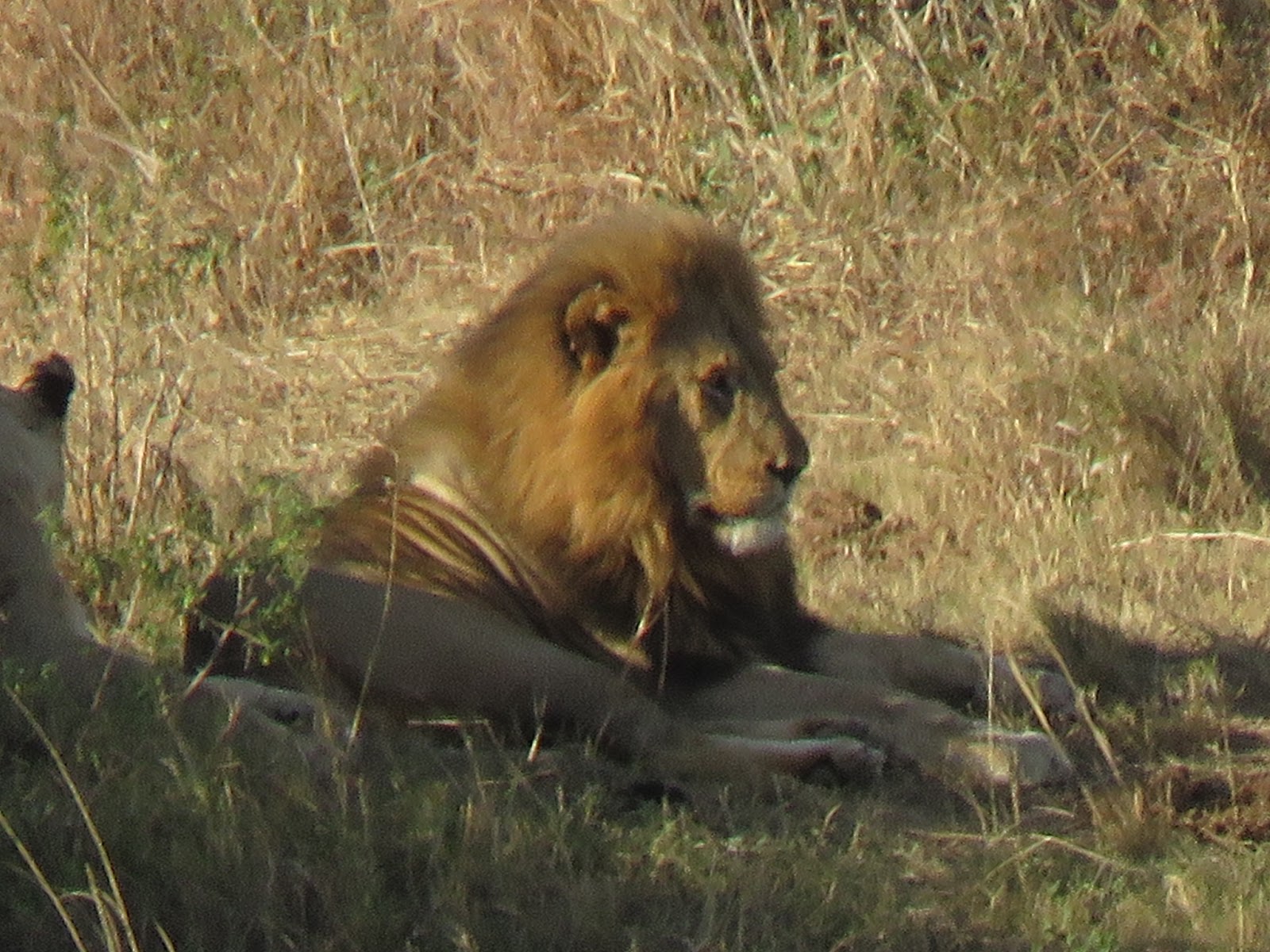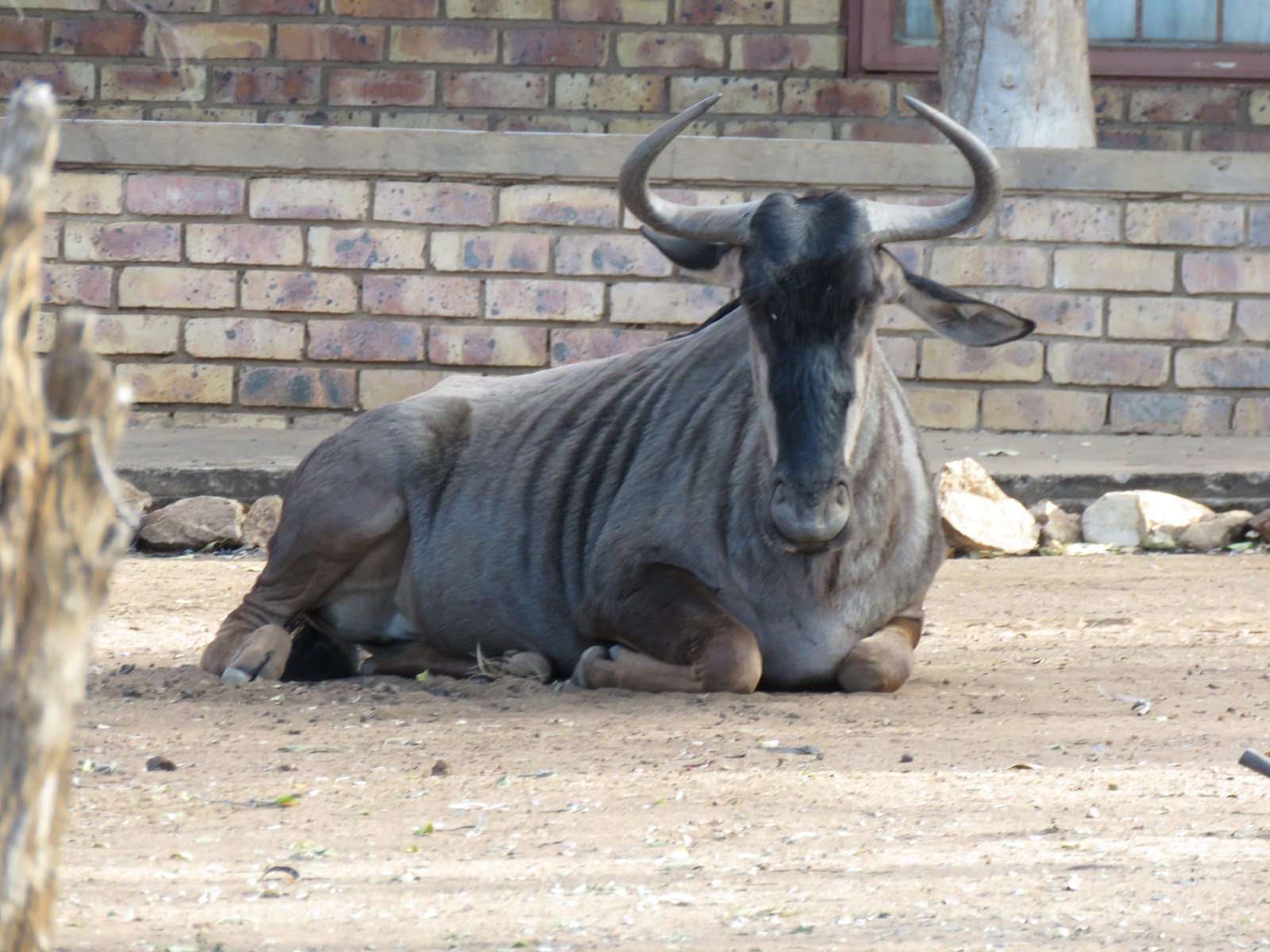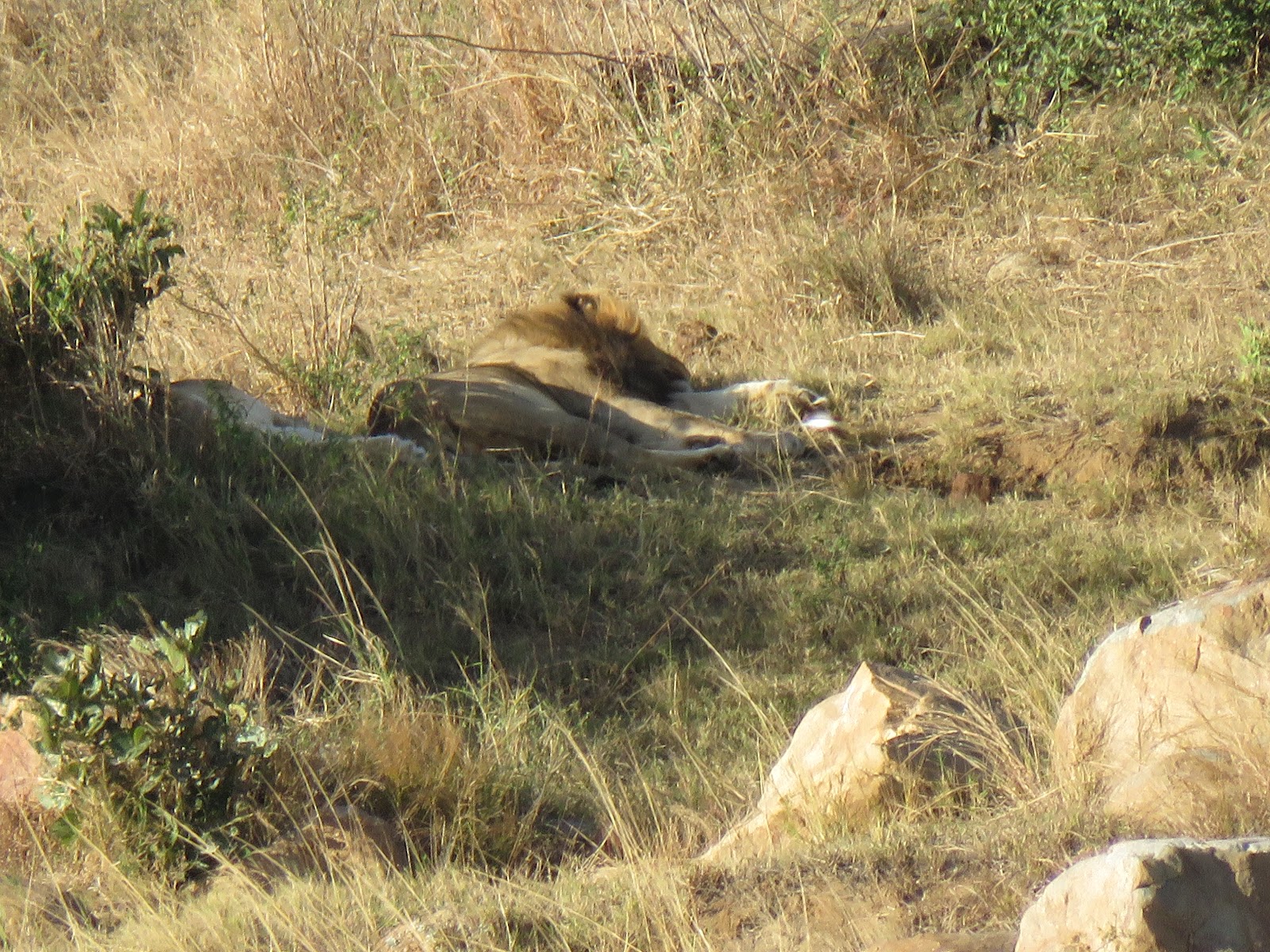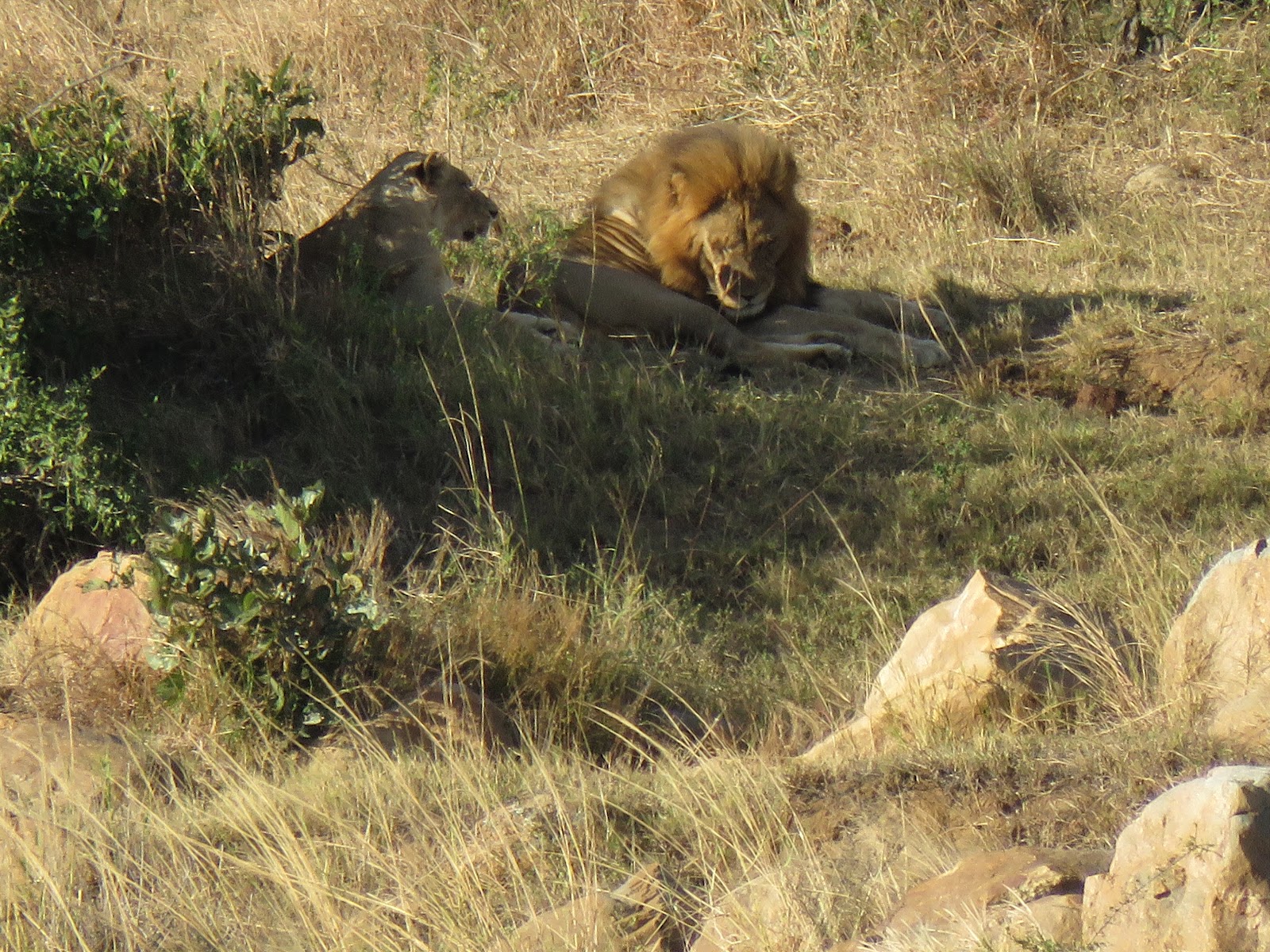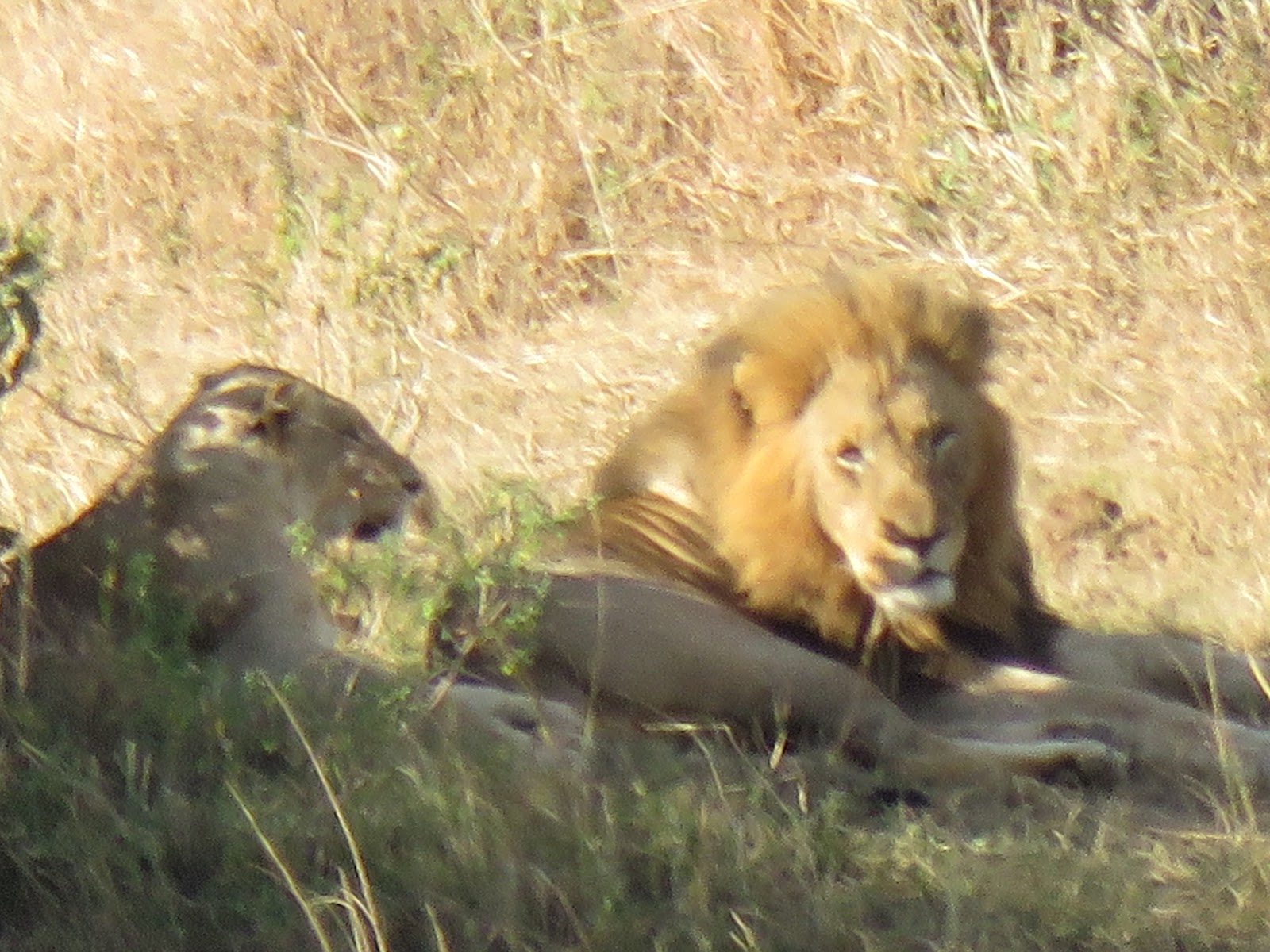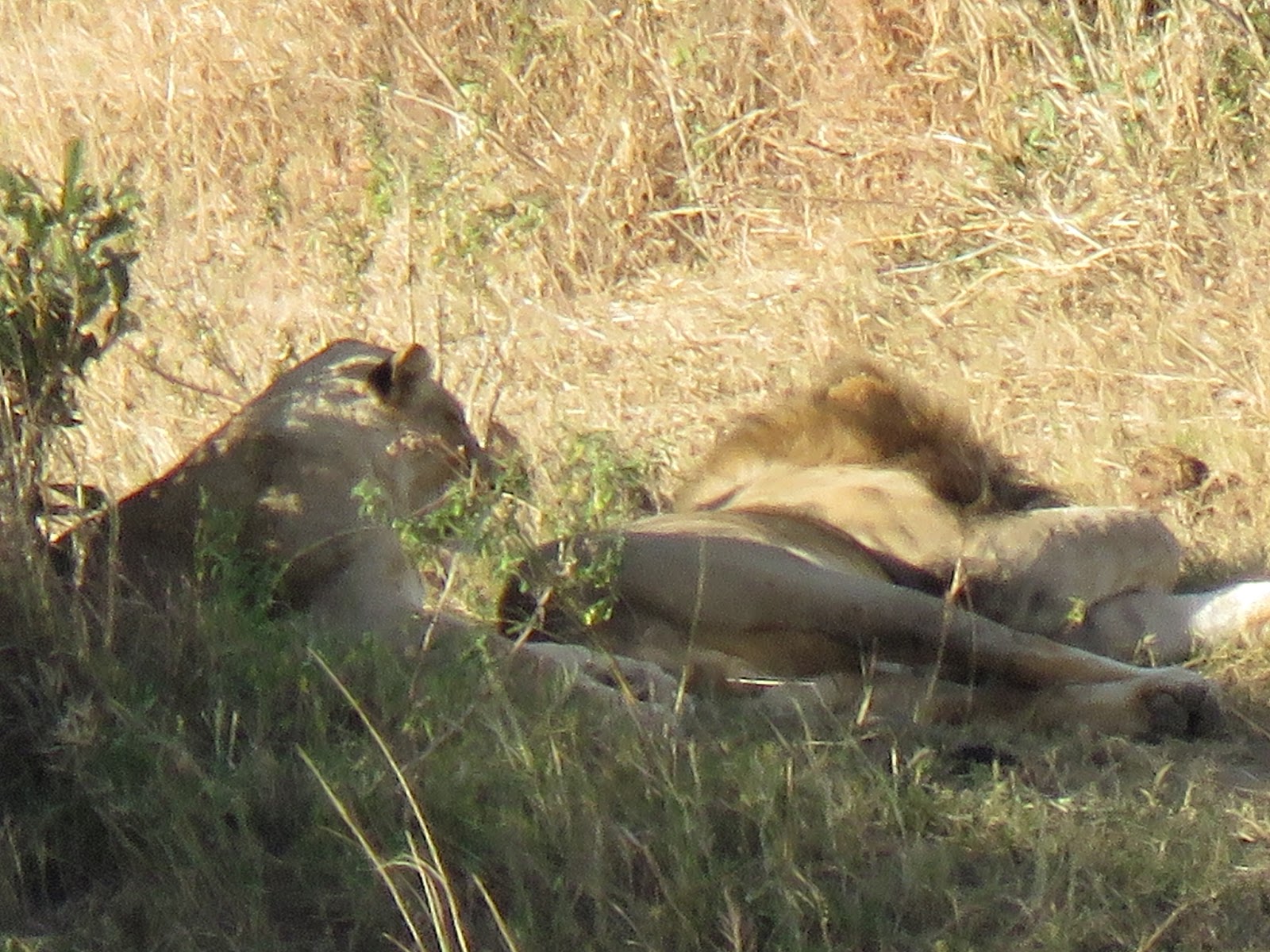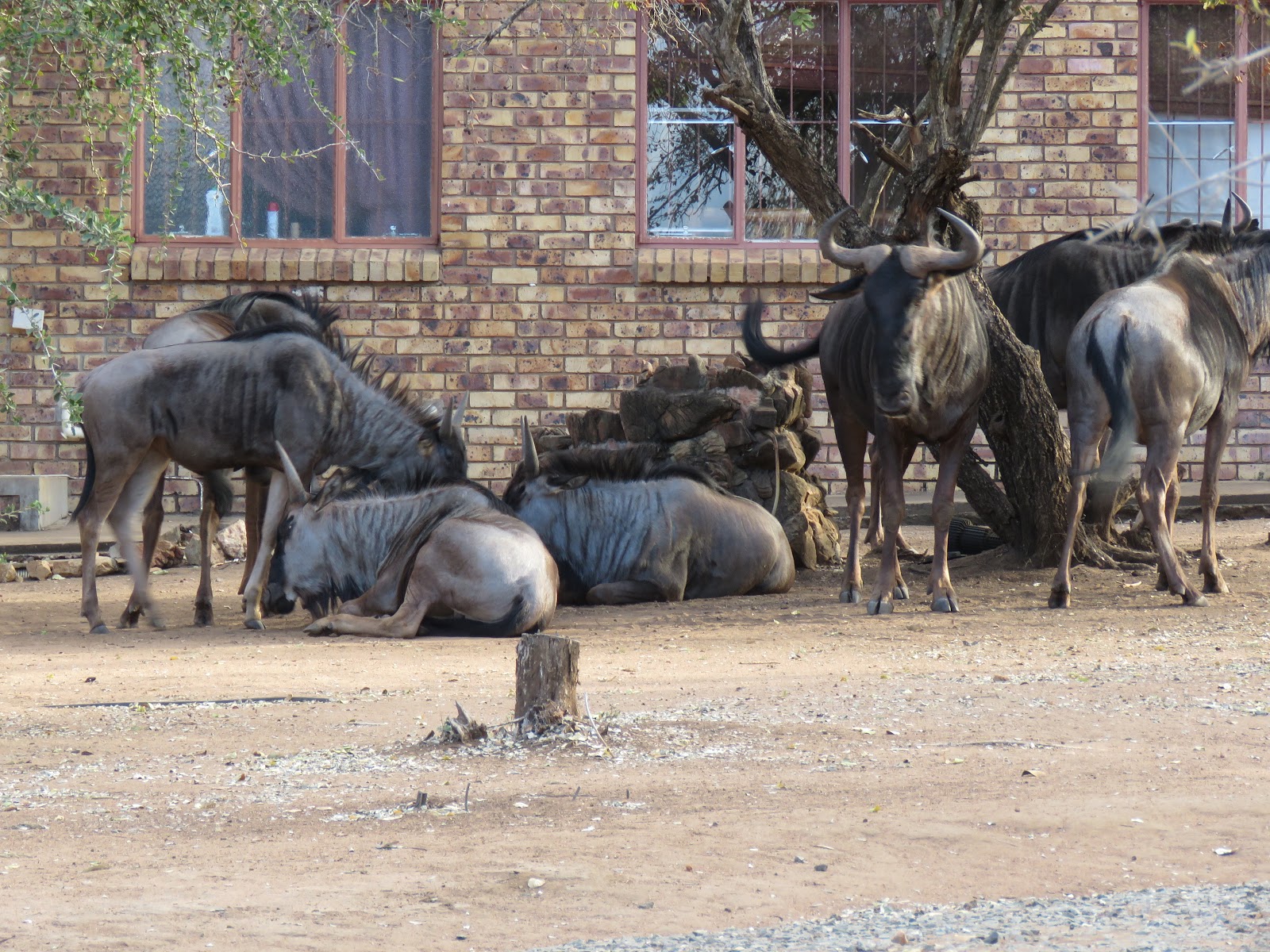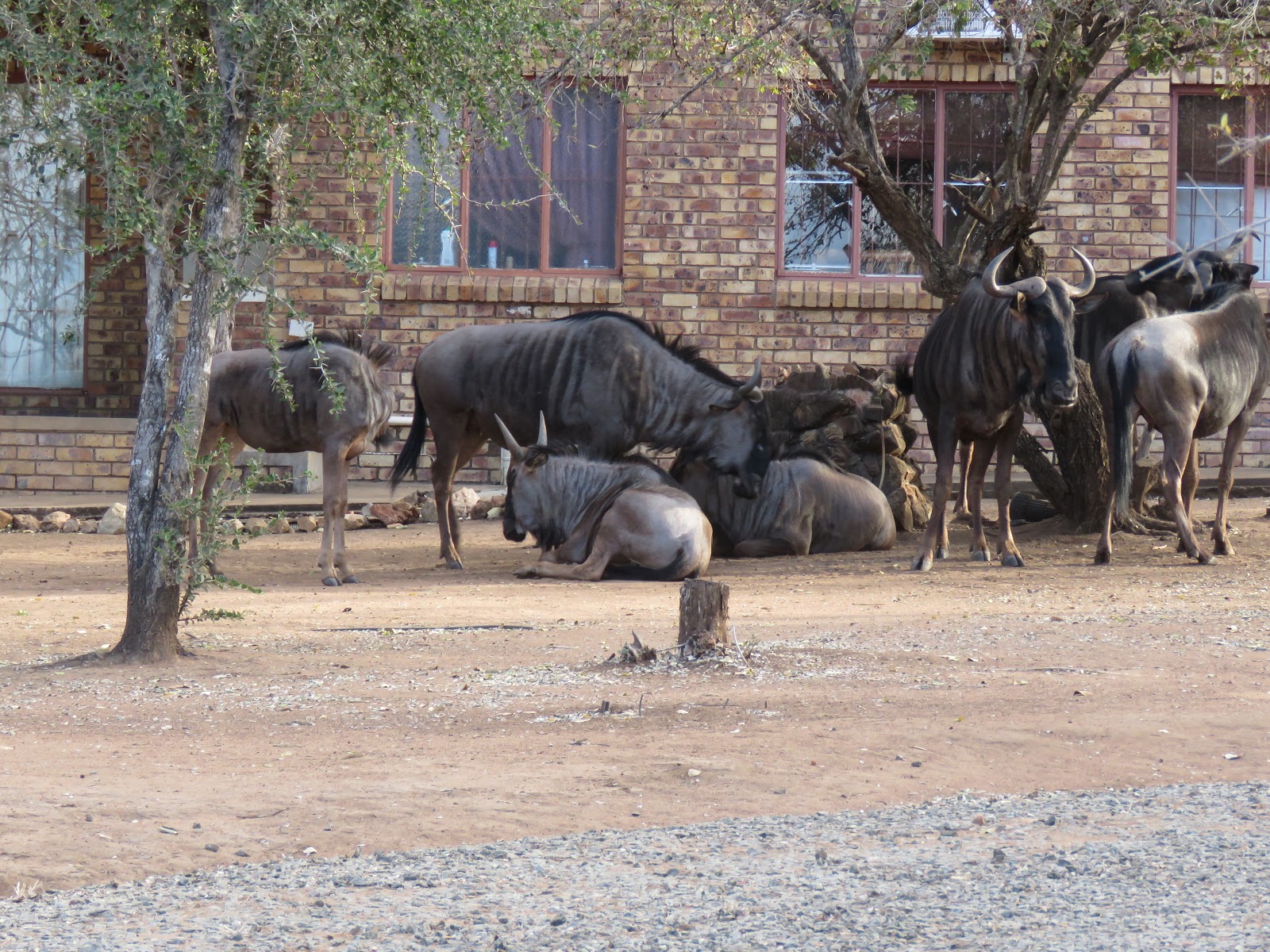“Sighting of the Day in the Bush”
 |
| This frog was swimming in our pool at night and jumped out to be on its way. |
It was a spectacular day in Kruger National Park on Wednesday, leaving us with enough photos to share for days which we’ll include with other posts over these next few weeks.
 |
| We couldn’t believe our eyes when we spotted this elephant digging a hole to access water in the ground below. Please take a moment to watch our video at the top of the page. |
The vast array of wildlife, each with its own distinct and diverse qualities, always finds us longing for more and more information about each species. The learning curve on wildlife behaviors can take a lifetime to achieve, and over time, we whittle away at an undertaking we’ll never accomplish in our lifetimes.
 |
| I believe this is a grey heron we spotted at Sunset Dam in Kruger. |
Part of me had wished that I’d have pursued an education and career in the field of wildlife, conservation, and animal behavior many years ago. But that time has long since passed, and at the time, I had other responsibilities to attend to, none of which I regret.
 |
| Giraffe with a pretty sky in the background. |
As we age, we can always look back at our lives and wish we could have done things differently or better; be a better parent, a better child, a better friend, work harder, work smarter, take better care of our health and the list goes on and on.
 |
| From this site: “The stomach of the giraffe is also very sophisticated as it has four chambers as all ruminants. They chew the food, regurgitate it, chew it again, and then pass it to the stomach. This organ can digest food very well, so most foods are used positively for the body.” |
Yesterday was my long-since-passed mother’s birthday. In the last years of her life, during which I was actively involved in her care, I’d often visit her daily at her assisted living facility in Minnesota. In her later years, she developed dementia to the point she didn’t recognize me at times.
 |
| Nothing beats stopping traffic in Kruger. |
On many occasions, she’d snap at me, saying, “I hadn’t seen you in weeks (or months)” when I’d been there the previous day. This hurt me so much at the time until a kindly nurse said to me, “Ignore her comments that she hasn’t seen you in a long time. Instead, say, “But, Ma, I’m here now.
 |
| Elephants form a line to stop traffic. |
This stuck in my brain, and each time she accused me (wrongfully) of not visiting, I said, “But, Ma, I’m here now.” And that’s how I look at my life…I’m here now….with no regrets, no wishing I’d pursued different career choices, no sense of loss of what “could have been.”
And now, the fulfillment and fruition of what had been a lifelong dream to visit Africa are right before my eyes. Here we are, after five months, with seven more to go. It couldn’t bring me more joy.
 |
| We waited patiently, and finally, they began to disperse. |
Each day delivers a new experience, a new adventure, and a new challenge. Whether it’s searching for the lions in Marloth Park or the noisy frog in the garden at night, it all matters.
 |
|
From this site: “The most awesome of all cape buffalo facts is that they are so dangerous they are referred to as “the Black Death”! Highly prized by big game hunters, these incredible creatures are members of “Africa’s Big Five” – the five most difficult African animals to hunt on foot.” |
For Tom, who’d never dreamed about coming to Africa, due to a certain degree of fear and apprehension, now embraces it with a passion and interest he never expected. When we were here 4½ years ago, his fears dissipated, and he also fell in love with it. Coming back this year further illustrates how much it meant to him as well.
Sure, I could say he came back for me, which is entirely possible in his realm of love and kindness but, he loves it too. And in 2020, we’ll be back again. Africa does this to many visitors. It draws you in amid its valid reasons for fear and apprehension, but it “draws you out” of your hesitancy and your fear.
 |
| From this site: “Monitor lizards are large lizards in the genus Varanus. They are native to Africa, Asia, and Oceania but are now found in the Americas as an invasive species. A total of 79 species are currently recognized. Monitor lizards have long necks, powerful tails and claws, and well-developed limbs. The adult length of extant species ranges from 20 cm (7.9 in) in some species to over 3 m (10 ft) in the case of the Komodo dragon. However, the extinct varanid known as megalania (Varanus priscus) may have been capable of reaching lengths of more than 7 m (23 ft). Most monitor species are terrestrial, but arboreal and semiaquatic monitors are also known. While most monitor lizards are carnivorous, eating eggs, smaller reptiles, fish, birds, and small mammals, some also eat fruit and vegetation, depending on where they live.” |
So, what could have been or should have been years ago, becomes a reality today, and every day we continue on our search, our hunger, and our passion in embracing every possible aspect of this incredible life.
 |
| From this site: “The elephant’s trunk contains over 40,000 muscles, divided into as many as 150,000 individual units! Compare that to the human body, which contains a paltry 639 muscles, and you start to get an idea of how intricate the appendage is.” |
When we leave Africa in a mere seven months, we’ll carry with us everything we’ve seen, everything we’ve learned, and that which we hope to learn in the future, with us in our hearts and minds forever.
We’re here now…we’re living in the moment.
Photo from one year ago today, July 12, 2017:
 |
| While in Las Vegas last year, I frequently visited my sister Susan and her chubby dog Owen who’s since passed away. He’d often sit up like this when he saw me. For more, please click here. |

















